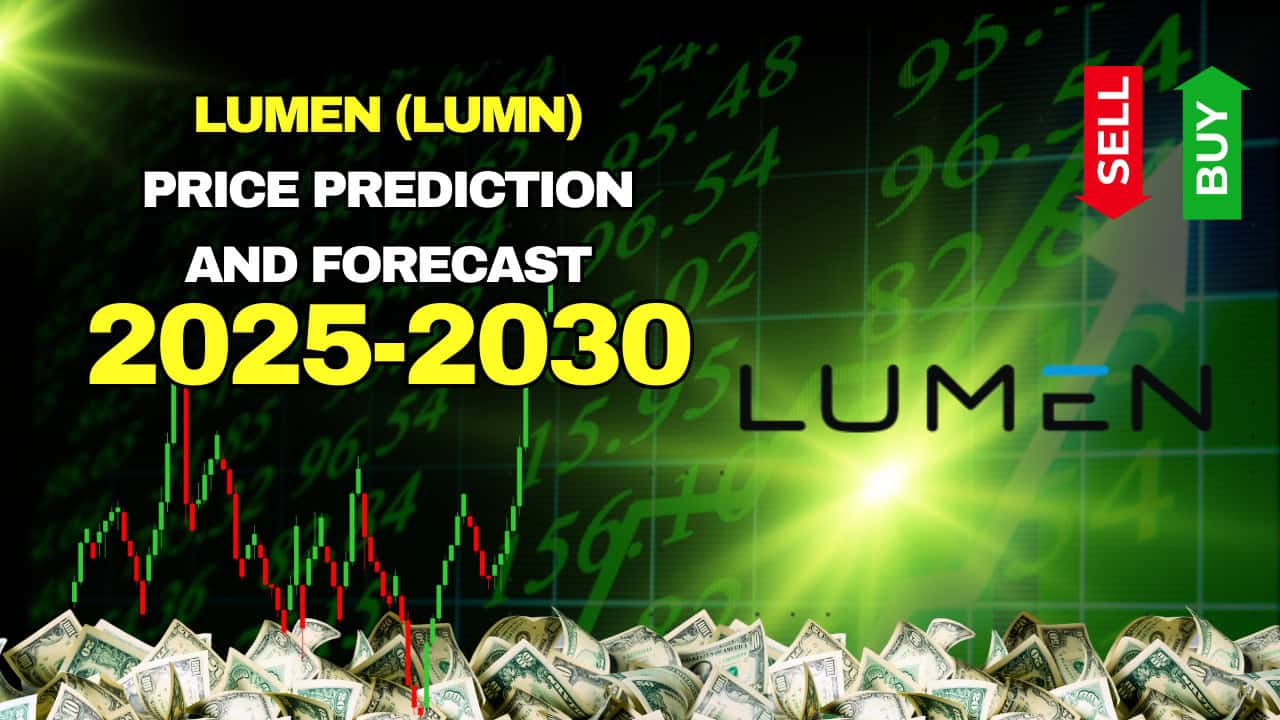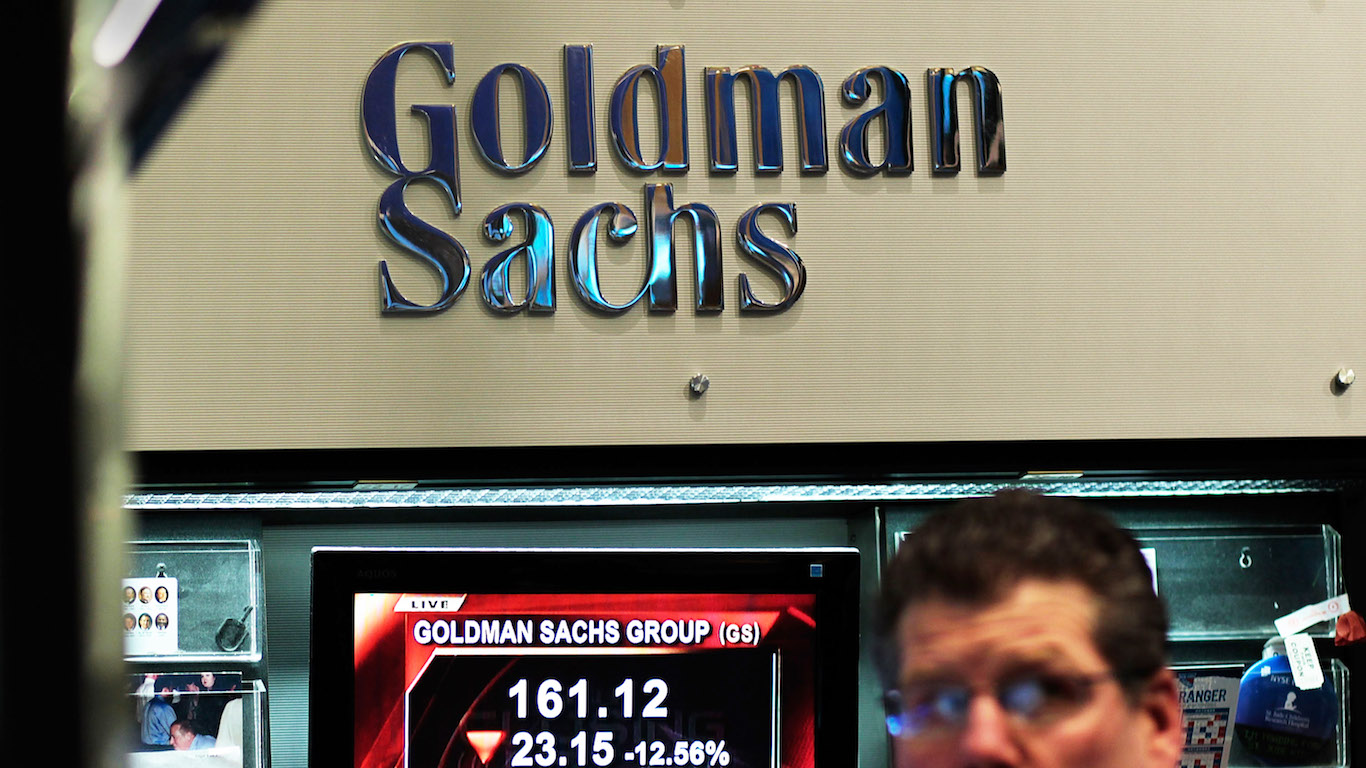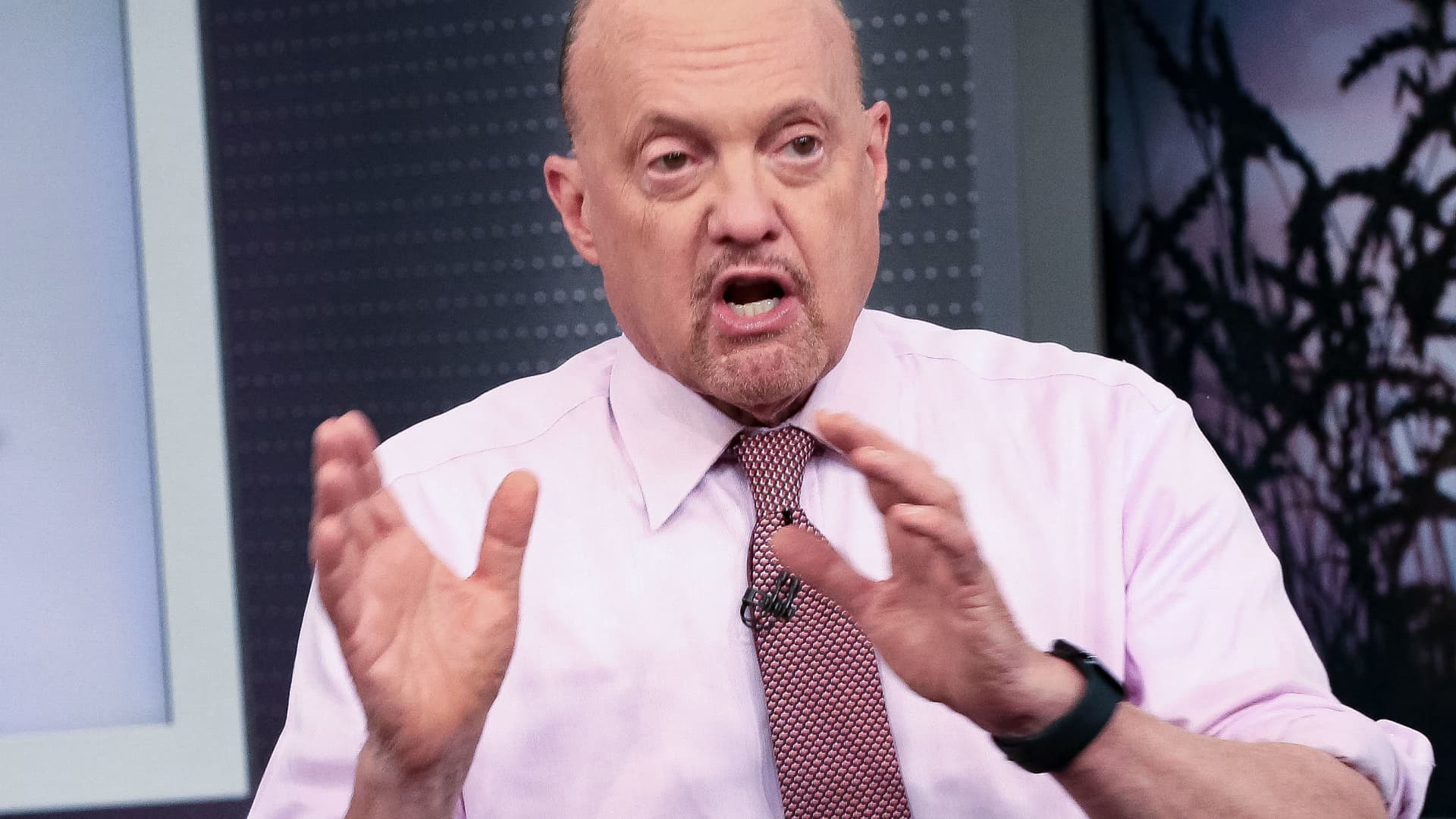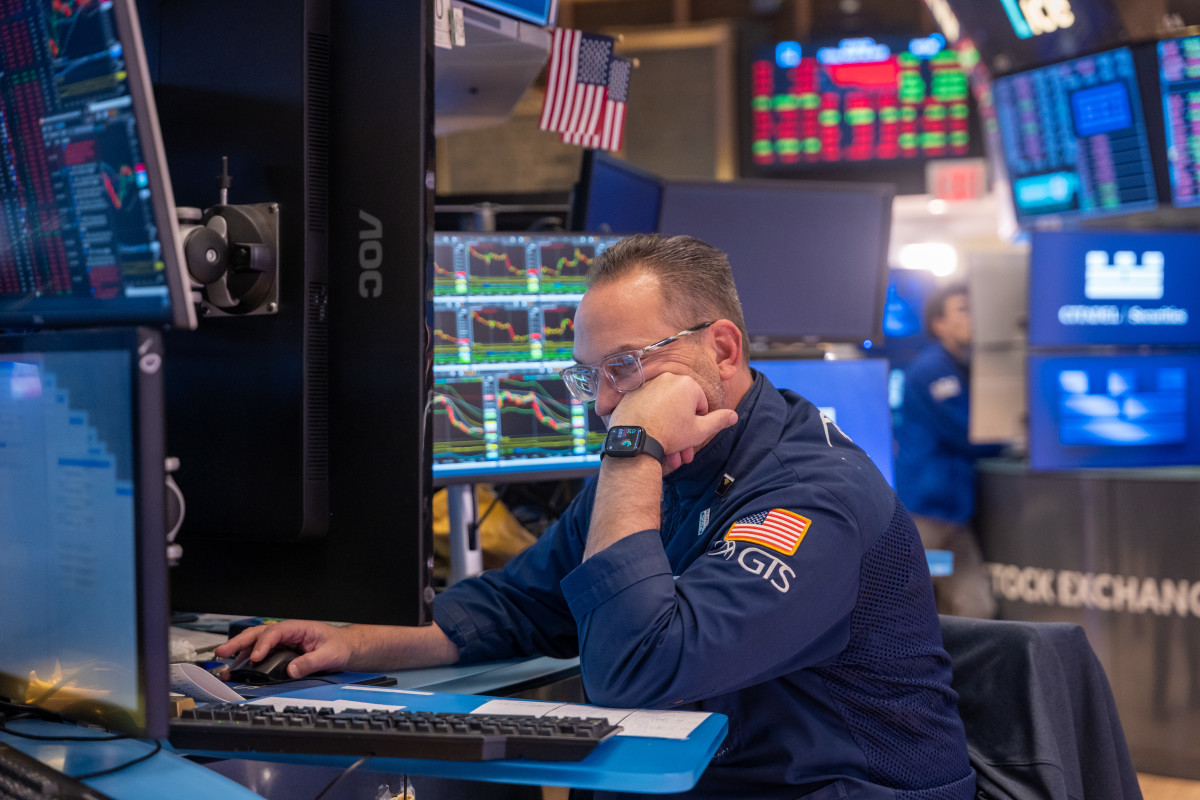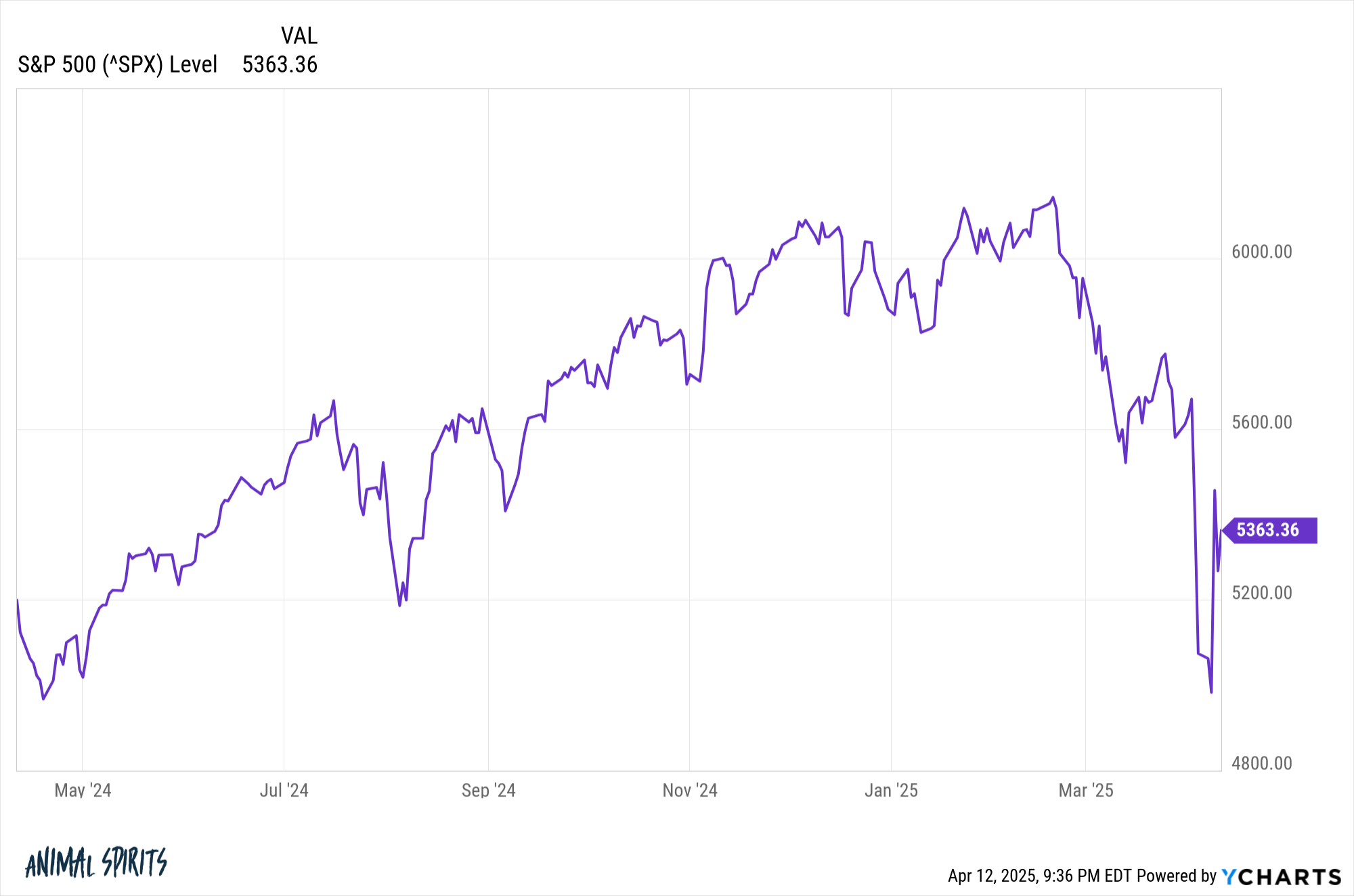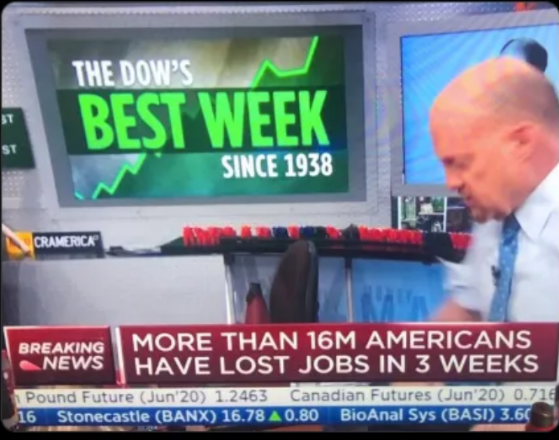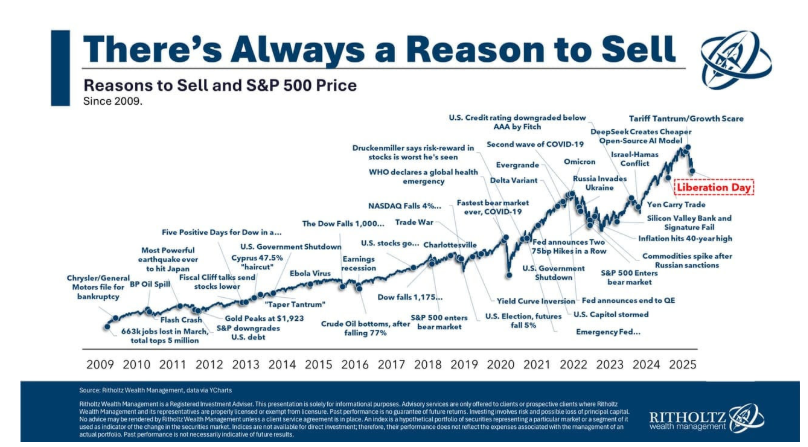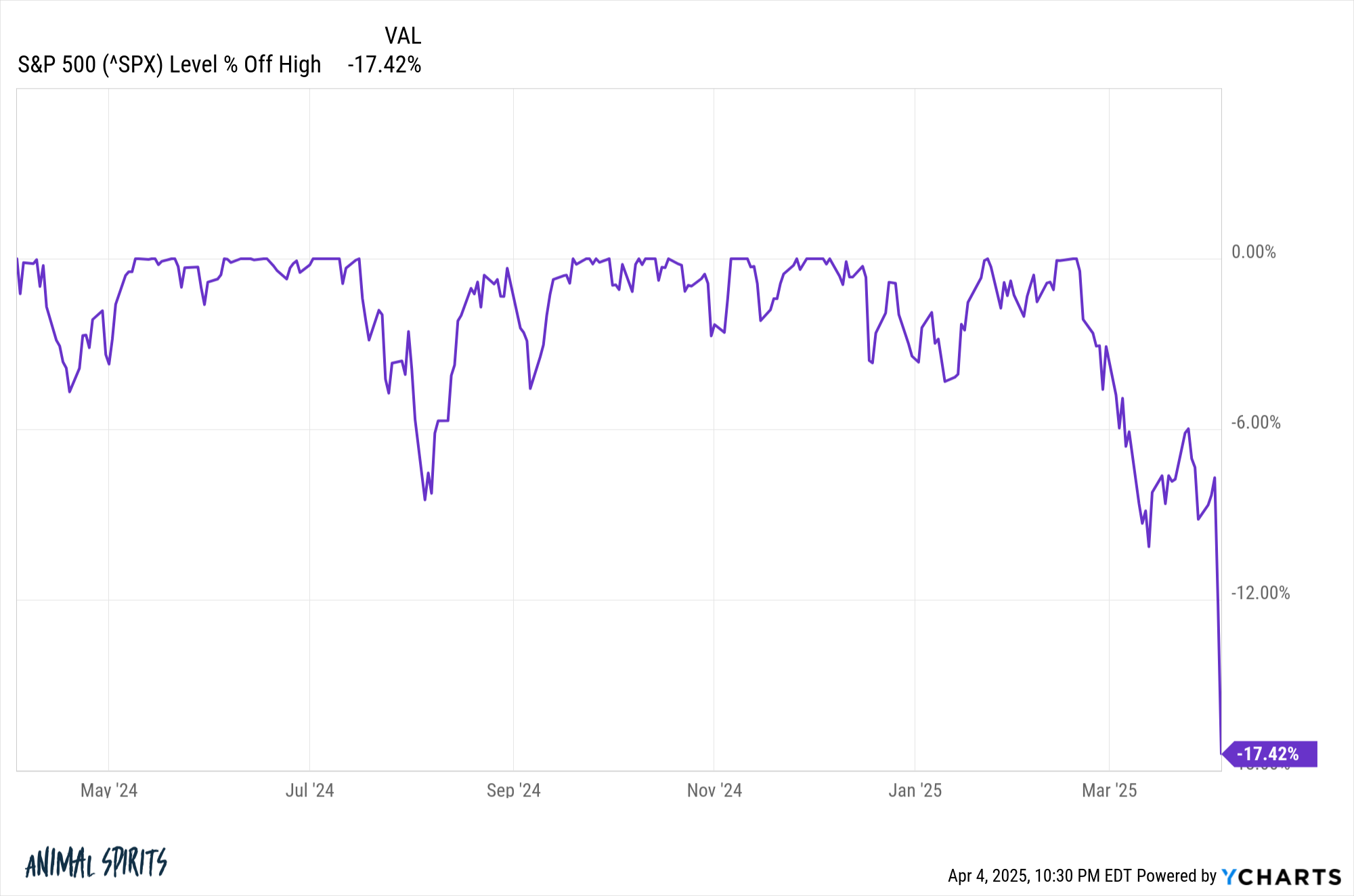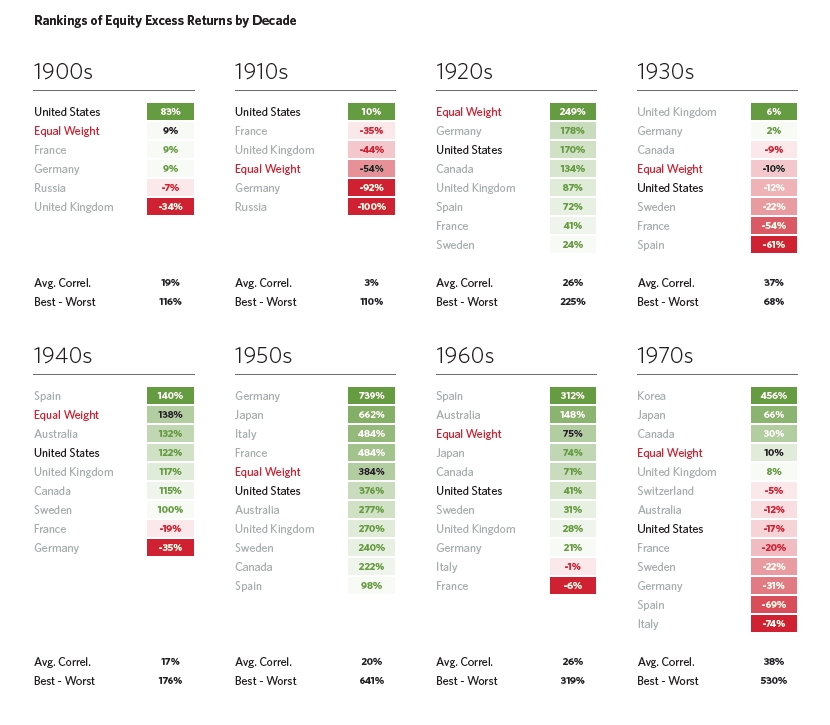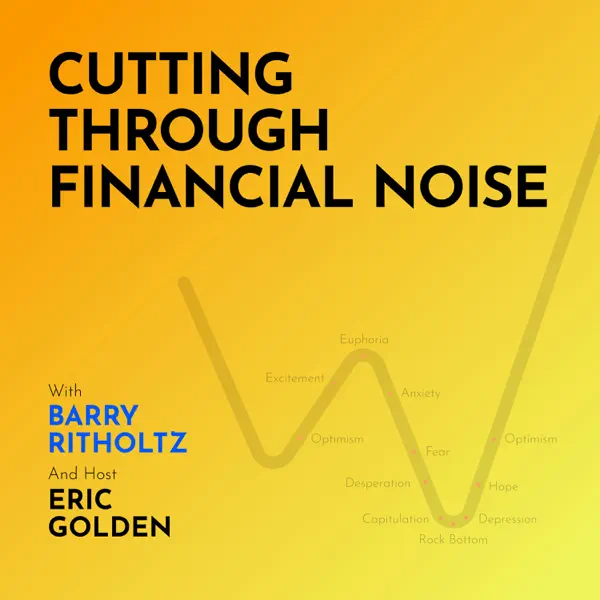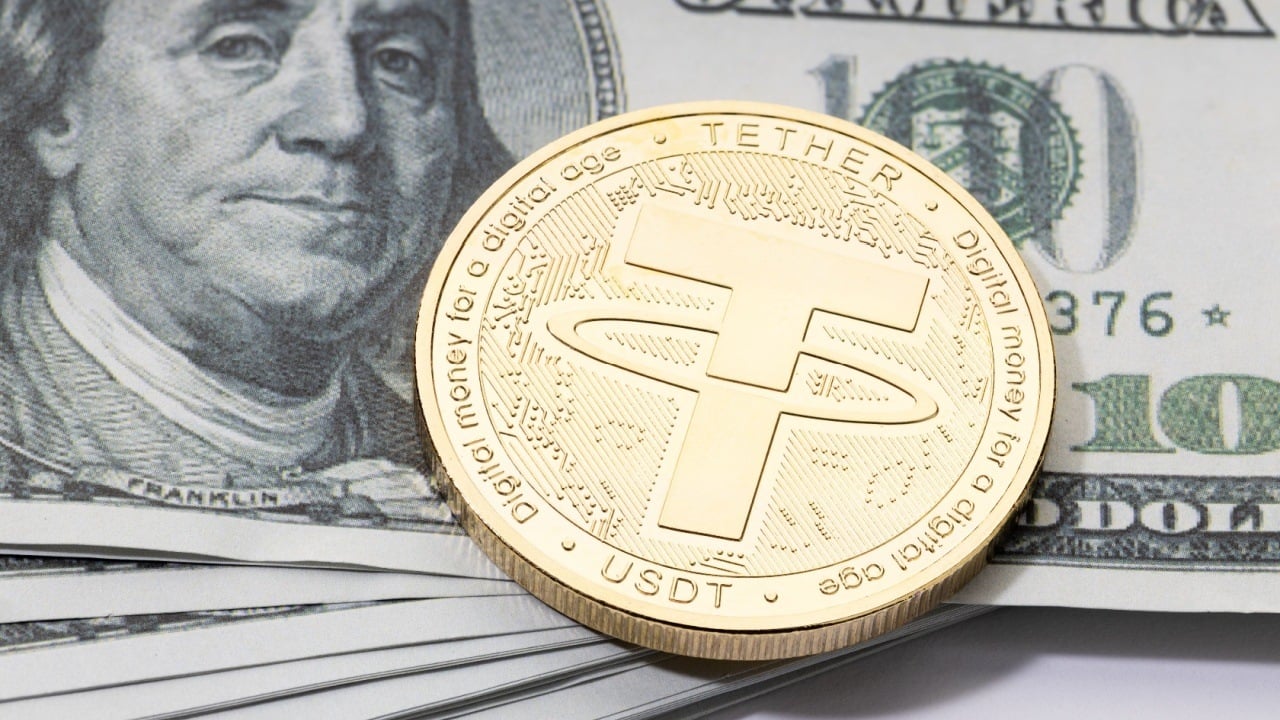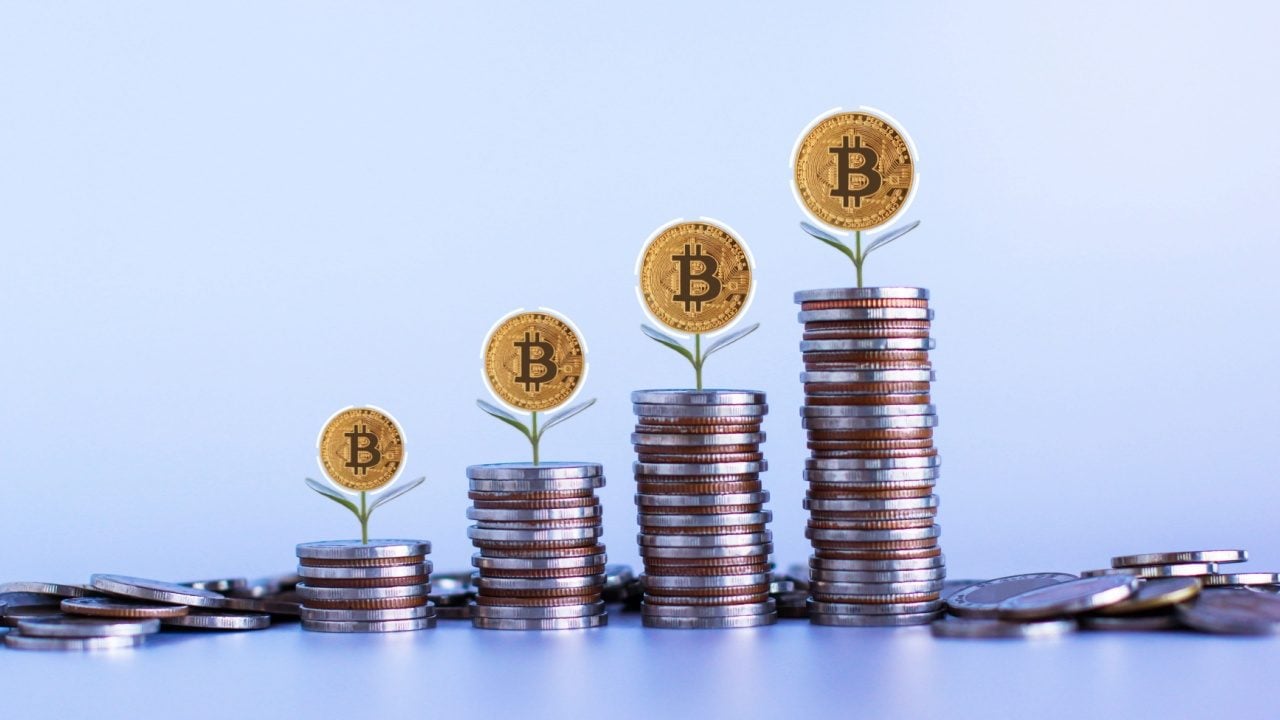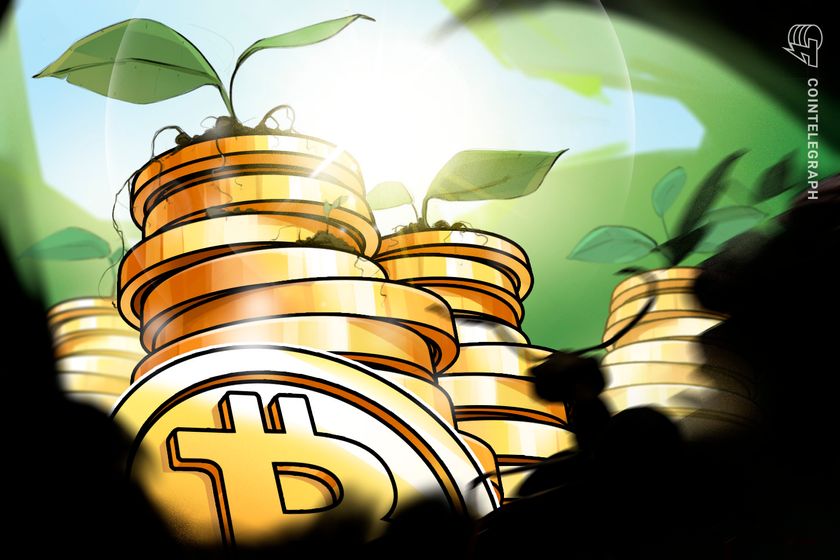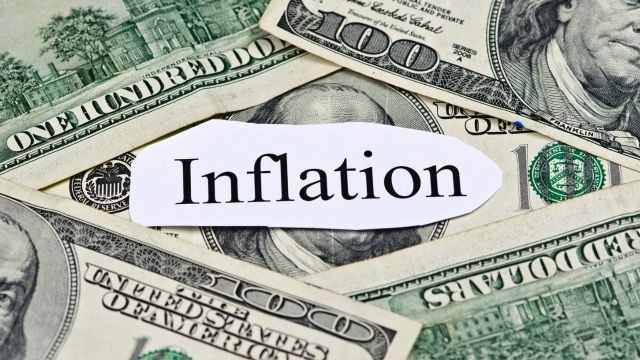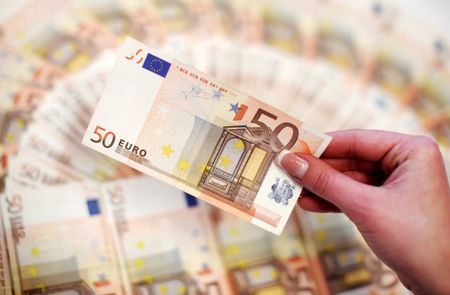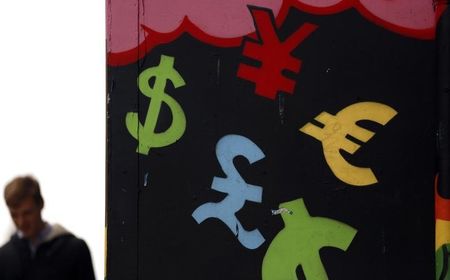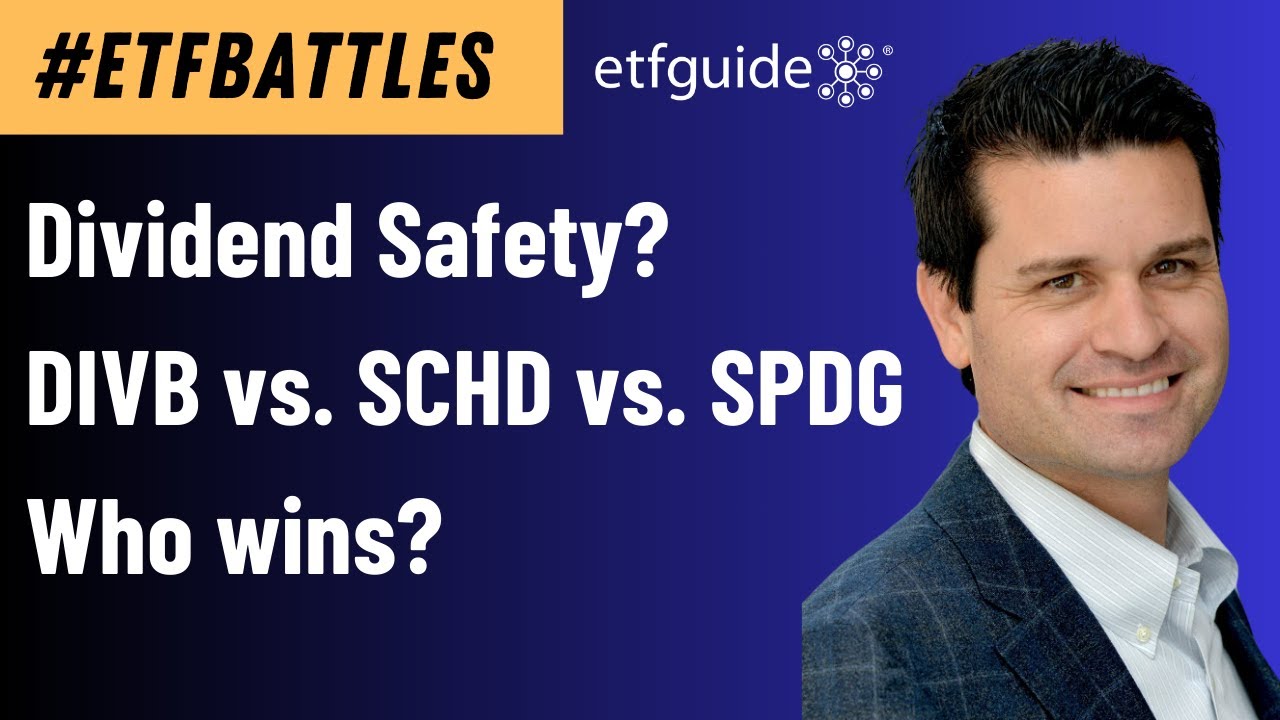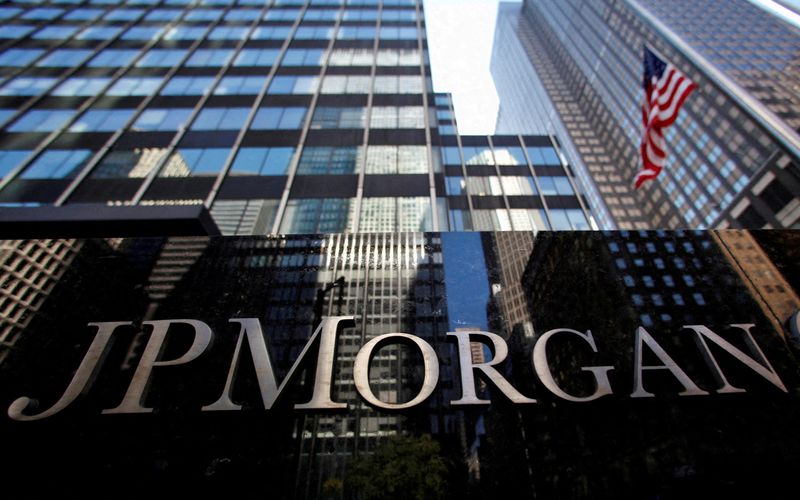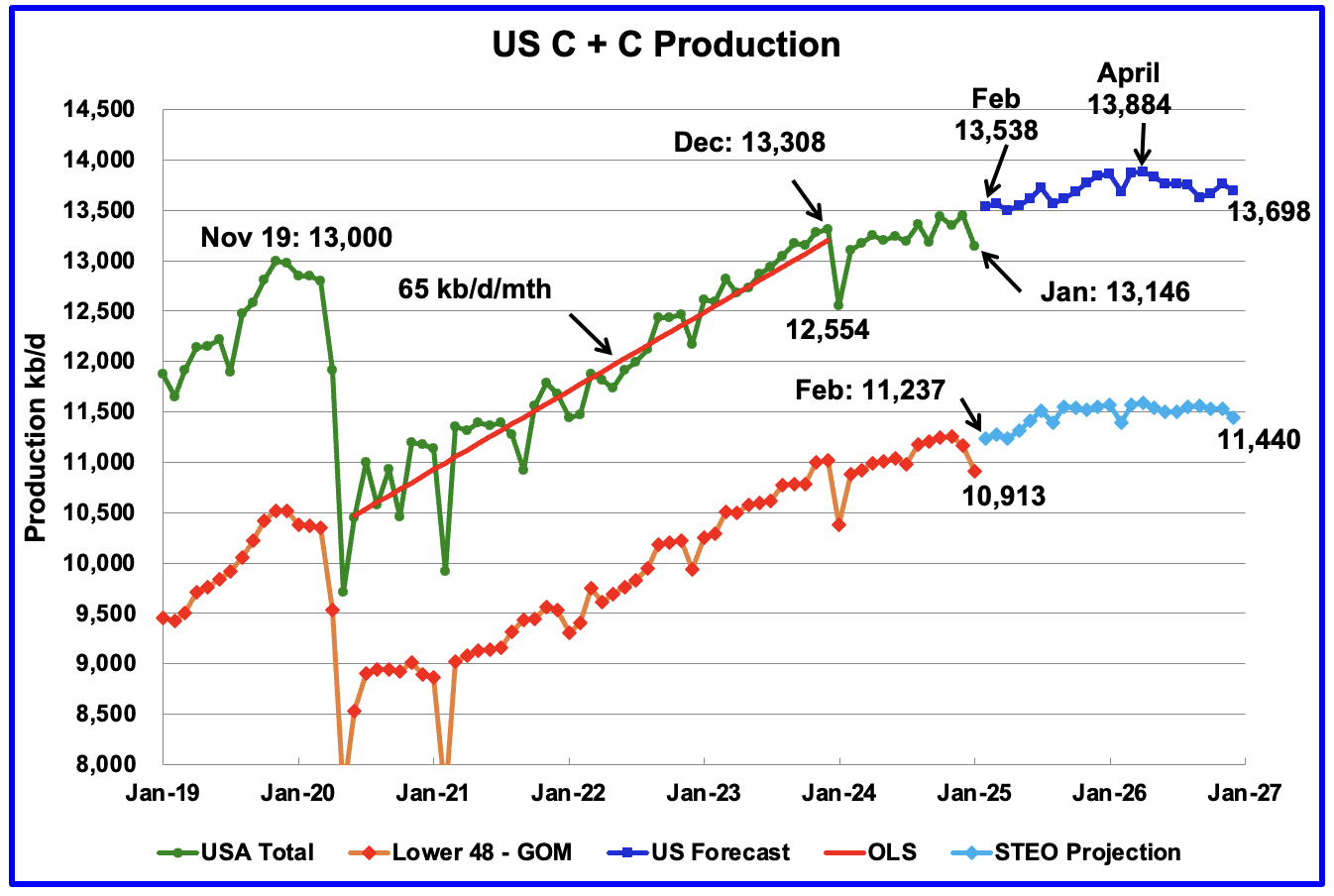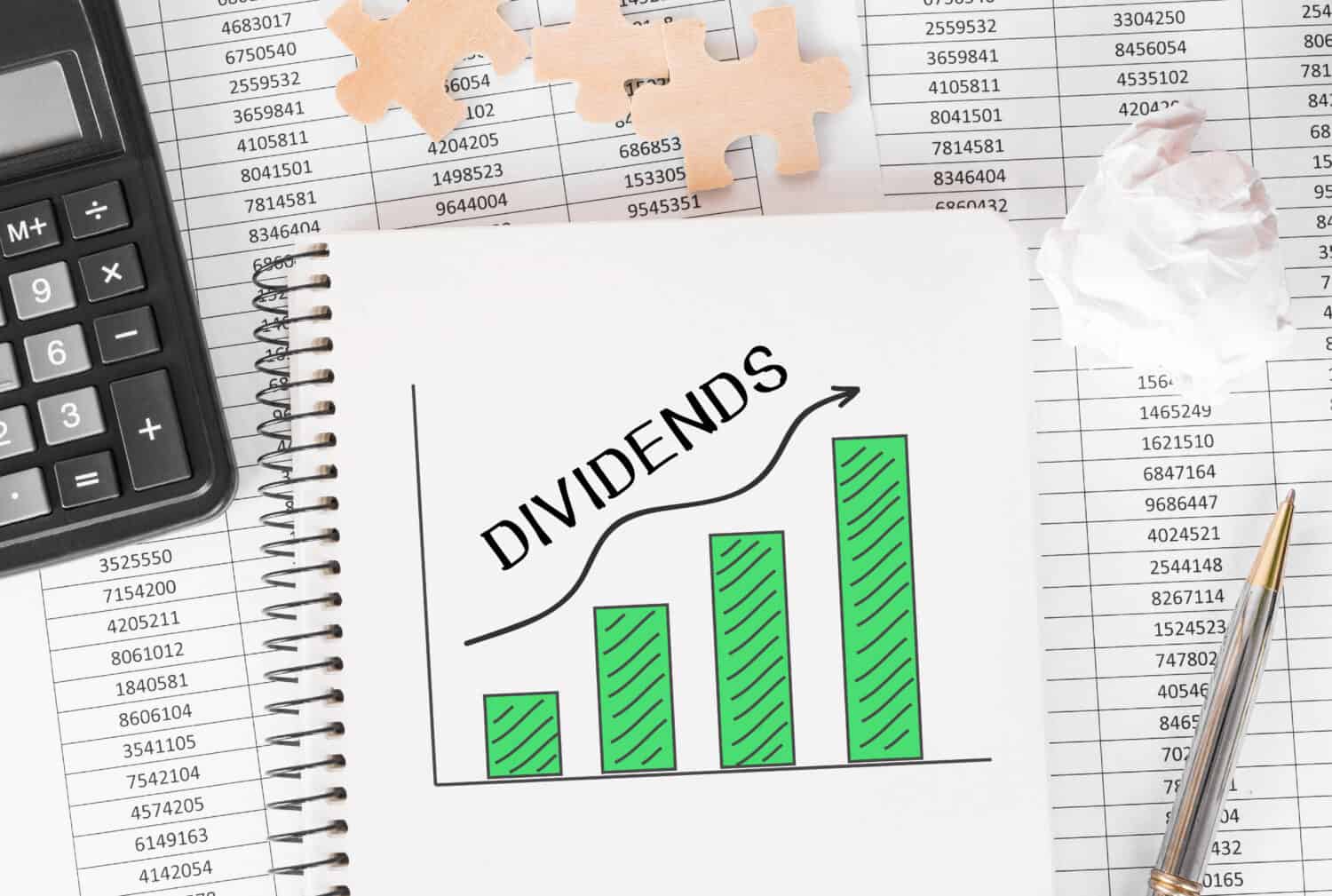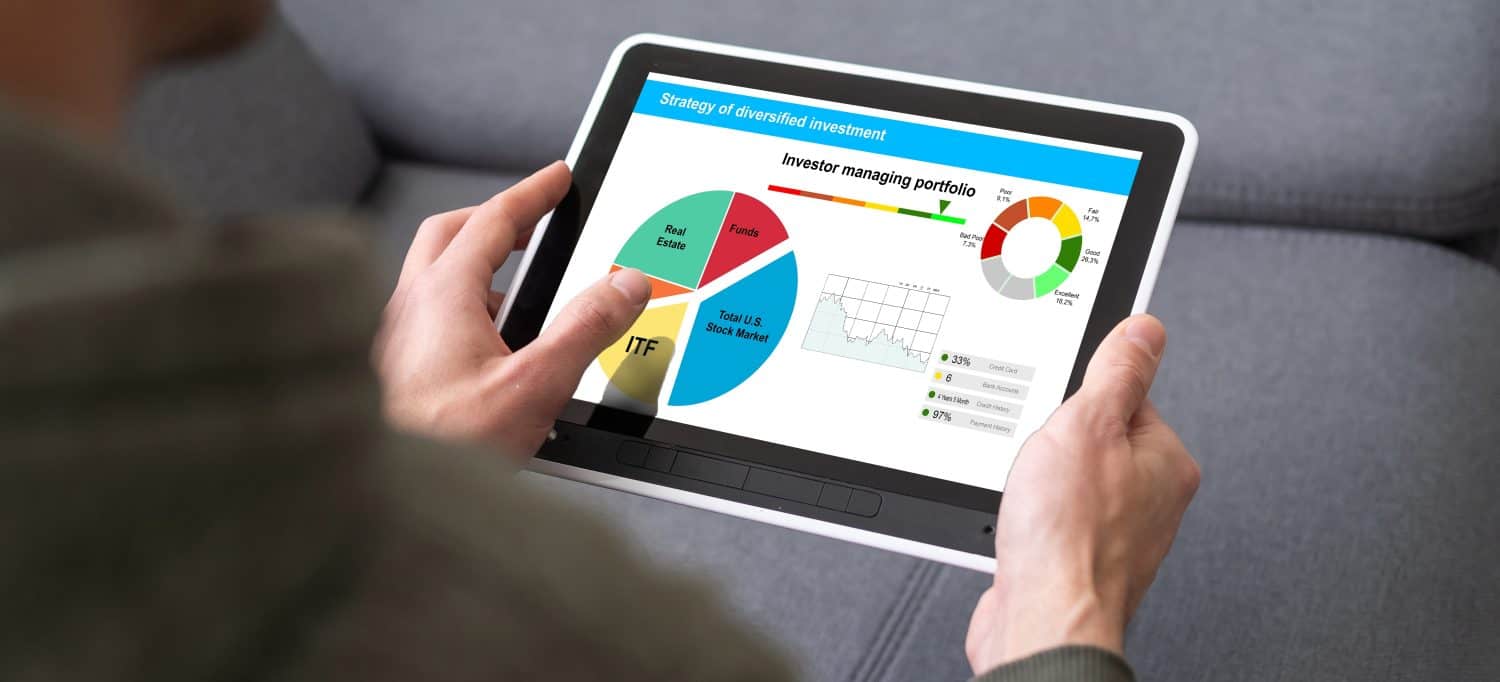The Selling Isn’t Over: 6 Market Meltdown Moves Investors Have to Make Now
Investors should consider these six crucial actions now, including moving to cash and Treasury bonds, as they may have to prepare for the worst. The post The Selling Isn’t Over: 6 Market Meltdown Moves Investors Have to Make Now appeared first on 24/7 Wall St..

The “buy the dip” financial news teleprompter readers and the 30-year-old portfolio managers who have never seen a market crash are pounding the table that stocks are still going to the moon despite the bear market losses that have already been inflicted. “Hey boomer” professionals have seen this show before. In 1987, the Dow Jones industrials plunged a stunning 22% in one day. Today, an equivalent drop in the venerable index would be almost 8,250 points. We 24/7 Wall St. covered this staggering fact recently; check it out.
24/7 Wall St. Key Points:
-
The rally attempt on Tuesday was met with some selling only halfway through the trading day.
-
Market statistics indicate that hedge funds are still shorting stocks and likely pressed those short positions Tuesday.
-
While the White House is talking with nations globally about tariffs, this may take some time to resolve.
-
Is your portfolio designed to handle the debilitating effects of a market crash? Why not schedule a meeting with a qualified financial advisor in your town for a complete portfolio review? Click here to see how to get started today. (Sponsored)
So, where do we stand now? We could be on the precipice of a much more significant decline than we have seen in the past two weeks after all the major indices that were trading at all-time highs quickly fell into the bear market territory. With the Federal Reserve unlikely to bail out the stock market by lowering rates, investors should take some actions immediately. Some on Wall Street feel we could see another 10% to 15% decline on top of the damage already done.
One positive currently is that consumers and businesses are generally in reasonably good financial shape. Stock portfolios and home prices have increased dramatically over the past few years, and the economic system is not teetering on the abyss as it was globally in 2008 when Bear Stearns and Lehman Brothers collapsed. To avoid a similar fate, Merrill Lynch had to be bought by Bank of America.
One thing is for sure: If inflation moves higher, the tariffs battle rages on unchecked, the wars in the Middle East and Ukraine expand, and our crushing national debt (approaching $40 trillion) continues to spiral out of control, the path of least resistance will be down. Investors should consider some crucial items now, as they may have to prepare for the worst.
If you moved assets to cash, stay there and be patient
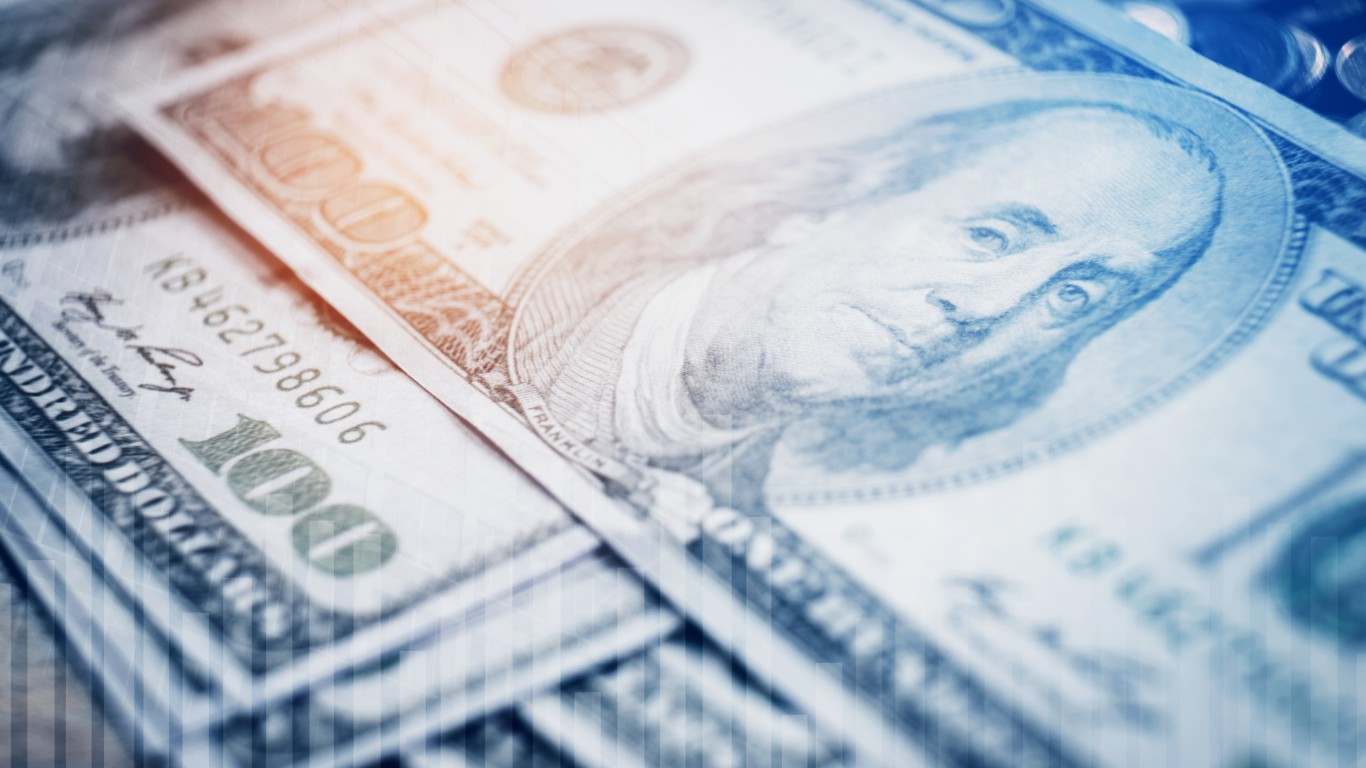
While it makes sense to nibble on certain stocks and exchange-traded funds (ETFs) that have become very attractive, if you did take profits and moved a substantial amount to FDIC-guaranteed high-yield money markets (HYSA), as we suggested, it still makes sense to be very careful. You are waiting for a total capitulation where panicked sellers will take anything to get out of the stock market. That is when you are a buyer again.
Close out any margin positions immediately

Margin is the money borrowed from a broker to purchase an investment. When times are good, using margin loans to buy more stock is a bad plan for individual investors, especially when those margin positions are high-volatility momentum stocks. A market collapse could destroy a highly leveraged investment account.
Gold and silver still make sense now
Gold is still the most popular investment of all of the precious metals. As we have recommended for years at 24/7 Wall St., a gold position in portfolios helps to mitigate the downside during volatile times. We wrote last year and in 2025, as the precious metal has returned to all-time highs, that it could explode higher in a market crash as investors and governments around the world continue to scoop up shares of the SPDR Gold Shares ETF (NYSE: GLD), which is one of the best pure plays on gold for investors. The trust that sponsors the fund holds physical gold bullion and some cash. Each share represents one-tenth of an ounce of the price of gold. However, the fund does not pay a dividend.
Make sure your investments reinvest in more shares
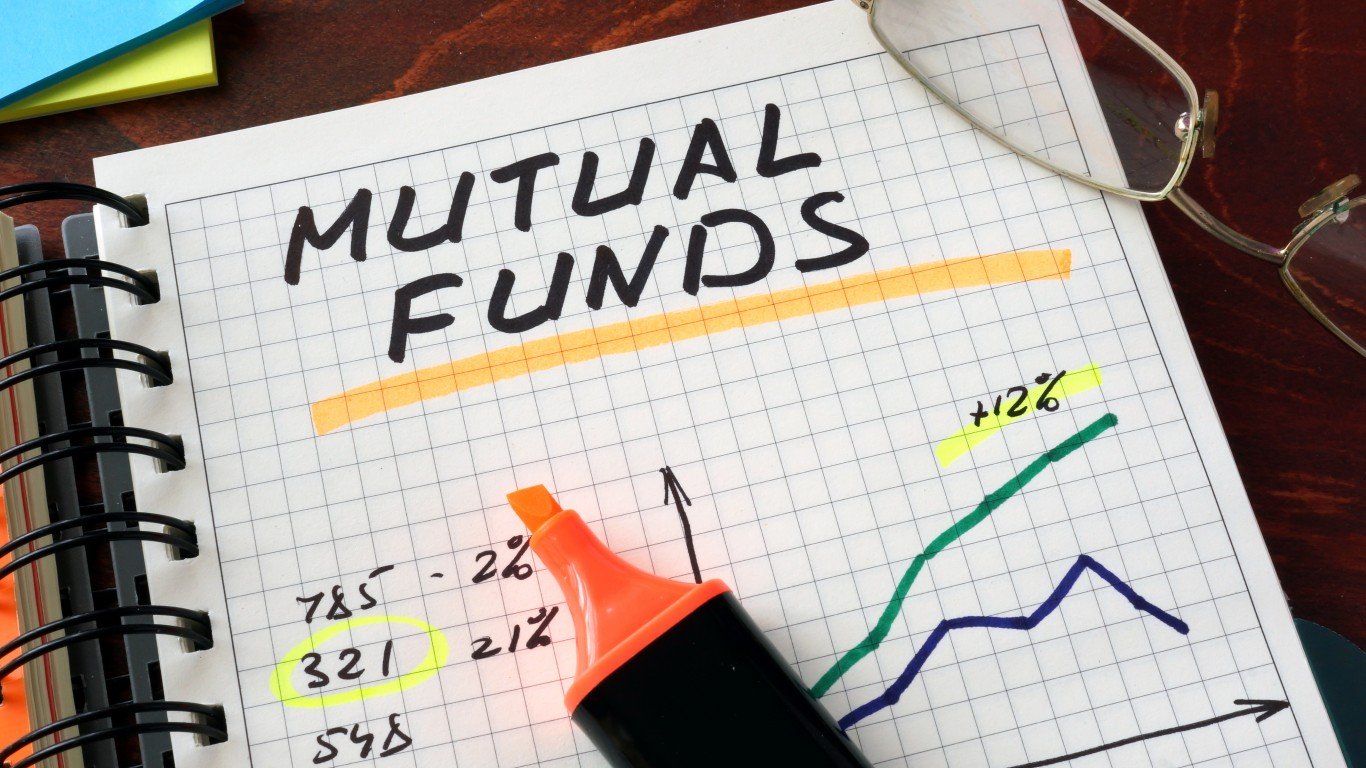
Dividend and capital gain reinvestment is an excellent way for an investor to grow wealth steadily. If possible, ensure all the dividend-paying stocks and mutual funds in your personal and retirement accounts are coded to reinvest all capital gains and dividends. This allows you to buy more shares when prices are hit hard. The second quarter is just beginning, and many stocks and funds pay dividends on a calendar quarterly basis, so make sure this is in place before the end of the quarter.
Real estate can help soften the blow, so look now

Buying and owning real estate is an investment strategy that can be both satisfying and lucrative. Consider real estate if you have the good fortune to come into a windfall, like an inheritance or something similar now. While mortgage rates have increased over the last two years, the 30-year fixed rate has risen as high as 7.25%. However, it has fallen back to 6.65% for a 30-year FHA mortgage, and while still reasonable on a historical basis, it’s the highest since 2008. With that noted, it could move even lower this year. Owning cash-generating passive income rental property makes sense now.
U.S. Treasury bonds still look great now
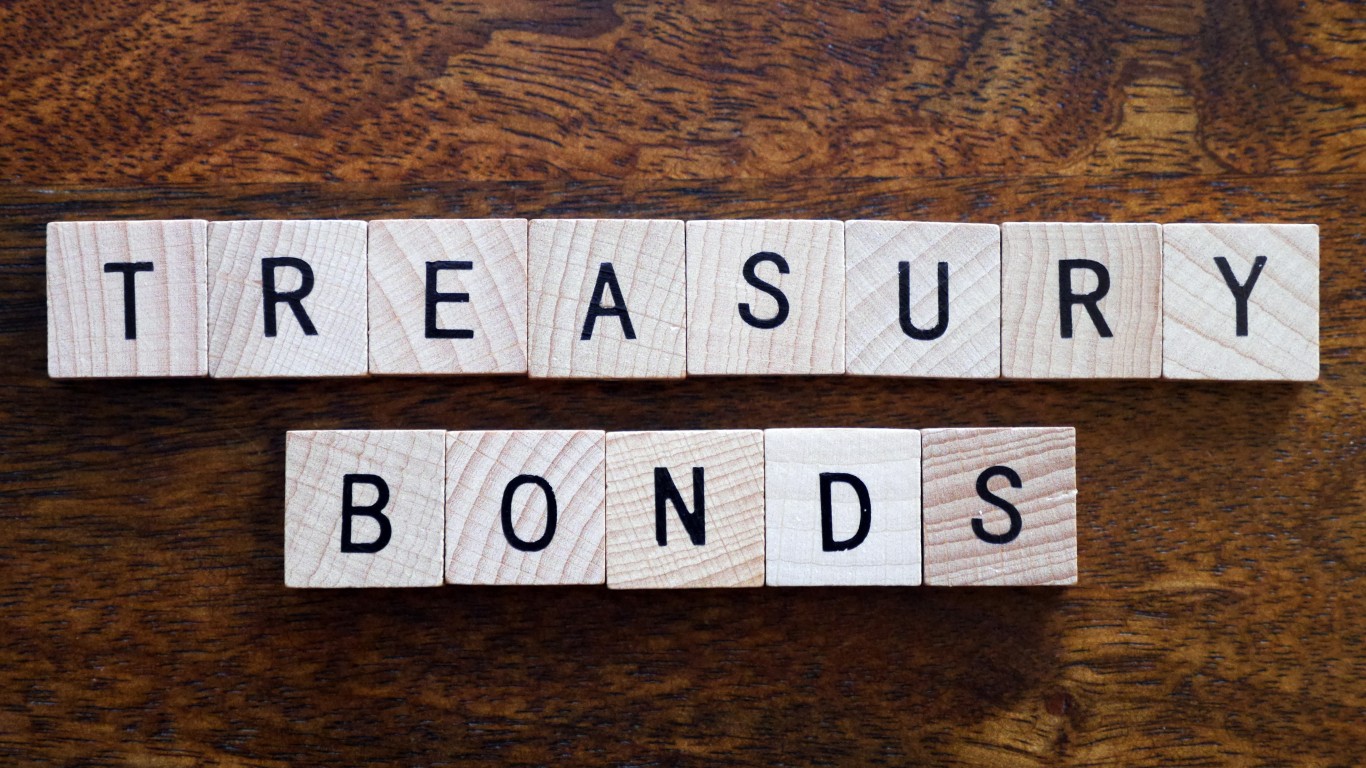
Treasury bonds include a range of debt securities issued and backed by the U.S. government. The short end of the Treasury market has seen yields fall dramatically as investors sought a haven Treasury 1-3 month during the high-velocity sell-offs. One of the funds we highly recommend at 24/7 Wall St. is the SPDR Bloomberg 1-3 Month T-Bill ETF (NYSE: BIL). The fund invests substantially all, but at least 80%, of its total assets in the securities comprising the index and in securities that the adviser determines to have economic characteristics substantially identical to the financial characteristics of the securities comprising the index. The index measures the performance of public obligations of the U.S. Treasury that have a remaining maturity of greater than or equal to 1 month and less than three months.
The State Street website says this when describing the fun:
- The SPDR Bloomberg 1-3 Month T-Bill ETF seeks to provide investment results that, before fees and expenses, correspond generally to the price and yield performance of the Bloomberg 1-3 Month U.S. Treasury Bill Index
- Seeks to provide exposure to publicly issued U.S. Treasury Bills that have a remaining maturity between 1 and 3 months
- Short duration fixed income is less exposed to fluctuations in interest rates than longer-duration securities
- Rebalanced on the last business day of the month
The fund currently pays a 4.85% yield and a monthly dividend /interest payment of $0.3828. Investors need to know that the price of the ETF will drop by that amount when the dividend is paid. However, at $91.47 at the time of this writing, that is a tiny amount each month. With a tiny 0.14% expense ratio and daily liquidity, it is perfect for those who cannot afford a massive loss of principal.
It Ain’t Over Until It’s Over: 4 Dividend Value Stocks Are the Safest Way to Stay Invested
The post The Selling Isn’t Over: 6 Market Meltdown Moves Investors Have to Make Now appeared first on 24/7 Wall St..



































